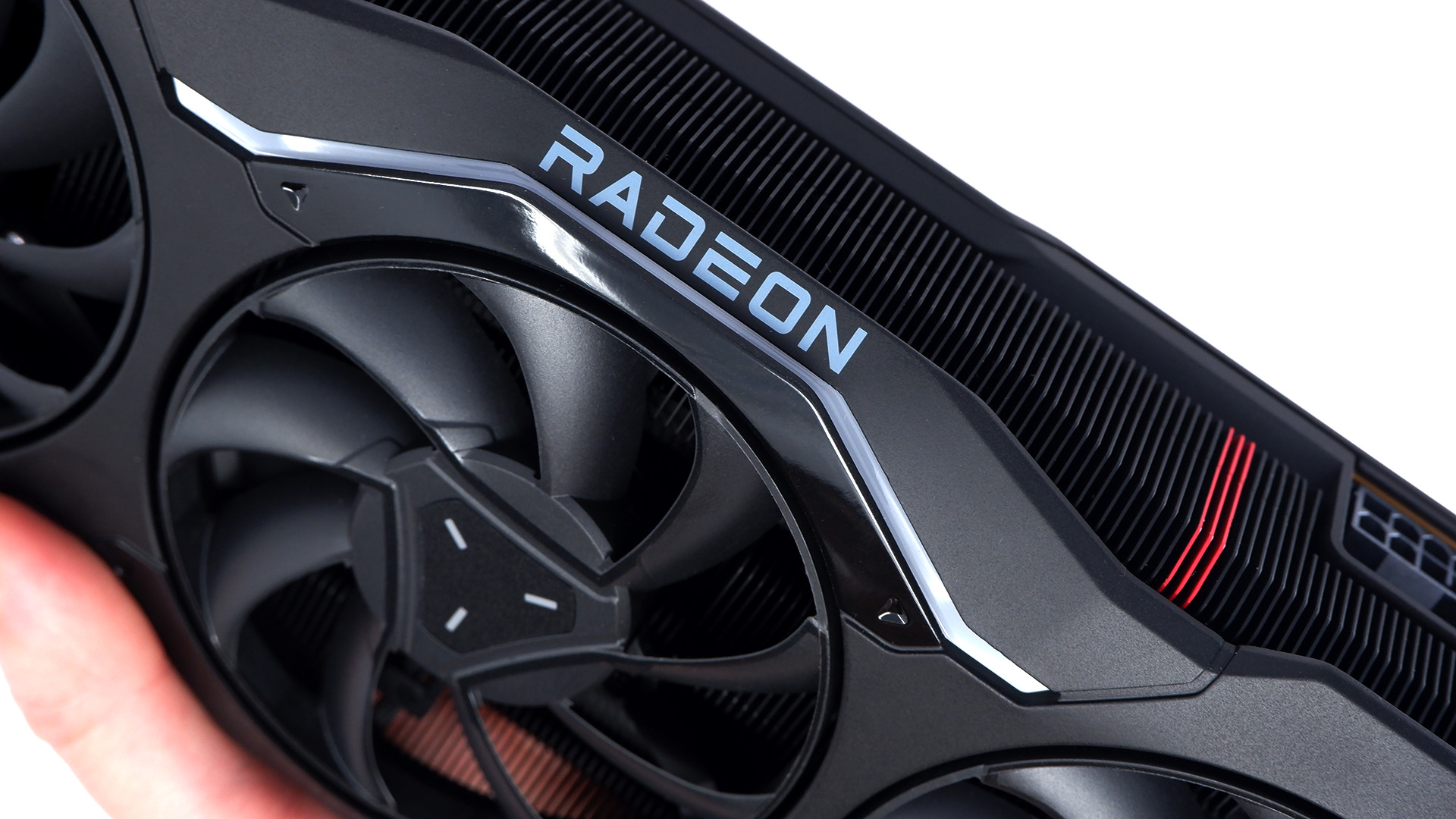AMD's RDNA 4 equipped line of RX 8000 GPUs may have already been spotted in tests but don't trust the figures just yet
We're likely still a long while off.

Rumoured to be built on a smaller chip process, and said to be much more power efficient, AMD's RDNA 4 architecture might finally make its introduction with the RX 8000 GPU series. And we've just got our very first taste of what that could look like.
As pointed out by X account Benchleaks (via Tom's Hardware), a sequence of Geekbench tests have been uploaded to the benchmarking site, hinting at AMD's upcoming line of cards. We know this based on the device name of the graphics cards registered.
RDNA 3 cards use the gfx11XX naming format, whereas RDNA 3.5 cards come under the gfx115X format. Gfx120X represents the next major line: RDNA 4. Gfx1201 pops up in five separate tests, four of which use the Intel Core i7 12700F processor, and one of which uses the i7 13700K variant. These are desktop Intel processors, which means we're looking at a desktop card, at least for the purposes of these tests.
It's important to note, before looking at the figures and score, that RDNA 4 is expected to launch at some point next year (likely around CES 2025 at the earliest). For this reason, take everything with so much salt it could spoil your food. The OpenCL score of a low 30,000 reported in the five tests could be exploratory in some fashion—to compare early builds or test different types of cards and machines. It's a very low score and not necessarily indicative of the final product.
However, it is evidence the next lineup of chips is being actively worked on and, considering RDNA 4 is suggested to be included in the PS5 Pro, this may put a clock on the architecture.
Information not found in the Geekbench score mostly comes from Kepler_L2—a leaker with a bit of a track record in the industry. This is not their first time reporting on this series of cards, with them hinting at boosted ray tracing performance earlier this year. Alongside these tests, a cryptic post was put out by the leaker suggesting three cards will have the following stats:
- 256-bit bus with 20 Gbps memory speed
- 256-bit bus with 18 Gbps memory speed
- 192-bit bus with 19 Gbps memory speed
The GPUs are currently testing with a memory capacity of 16 GB.
The biggest gaming news, reviews and hardware deals
Keep up to date with the most important stories and the best deals, as picked by the PC Gamer team.
These figures don't mean all that much outside of the context of being able to actually test them, as the GTX 1070 from 2016 also had a 256-bit bus bandwidth—it just so happens to use an ancient memory type, rather than the GDDR6 expected in the 8000 line. Raw numbers will give you an idea of what it is capable of, but we are missing a lot of important information—and it's subject to some change before launch.
However, we do know RDNA 4 is expected to fall behind Nvidia's next offering, which is currently reported to use GDDR7 memory. As reported last year, RDNA 4 GPUs are not expected to compete with high-end Nvidia gear, with it instead anticipated to be a more mid-range offering. Those stats look healthy so far, at least, even if the Geekbench scores don't.
Best CPU for gaming: Top chips from Intel and AMD.
Best gaming motherboard: The right boards.
Best graphics card: Your perfect pixel-pusher awaits.
Best SSD for gaming: Get into the game first.

James is a more recent PC gaming convert, often admiring graphics cards, cases, and motherboards from afar. It was not until 2019, after just finishing a degree in law and media, that they decided to throw out the last few years of education, build their PC, and start writing about gaming instead. In that time, he has covered the latest doodads, contraptions, and gismos, and loved every second of it. Hey, it’s better than writing case briefs.


